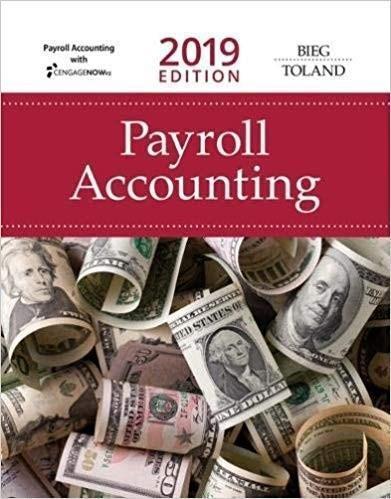A B C D E F G H J K L M N O P Q R S T U Baaaaaiaczawwmww ENSESESESBEEEBHS Background: Kcsmaks KC Steaks is a companythat sells and ships gourmet steaksand other perishable food products to customersaround the country in sealed containers filled with dry ice to preserve freshness. For twenty years, KC Steaks operated through mail order, but now KC Steaks sells through multiple channels, including nearly one hundred retail ares, telemarketing, and its online eoommerce site. In recent meetings during the Straggle plannlng grants for next year,the management team wanted to know how the lifetime value ofits customers would be impacted bysome proposed changes to its marketing plan in order to increase the acquisition of new cunomers from two ta rget segments: 'Foodies' and 'NonFoodies'. KC Steaks is considering the purchase ofa listof "Riodief from a list broker for $1.50 per name. They are able to obtain a list of 'nonfoodies' for free. They intend to send each person on the list a catalog every month for a year. The catalog costs the company $0.40 to produceand $0.25 to mail. Those who do not purchase within one year will be removed from the mailing I'm. H'morimlly, similar typesof 'foodie' I'Ets have generated response rates ofapproximately 7.5 percentthat is, 7.5 percent ofcustomers who received an unsolicited catalog in this manner eventually made a purchase. KC Steaks has acquireda list of'nonfoodies' for free. The average response rate for 'nonfoodies' customers has typically been 5 percent. KC Steaks has also made the following anumptions regarding revenue, costs and retention rates: 1) Foodie customers purchase more frequently than nonfoodies. 'Foodief make three purchases peryear with an average order size of$50; nonfoodies make one purchase annually withan average order size M5125. 2) Toadies\" also tend to remain customers longer, with an annual retention rate of 70 percent versus a retention rate ofEO percent for 'non-foodies'. 3) 'Foodies' purchase gourmet products regularly, they tend to purchase slightly less expensive products than their nonfoodie counterparts, who view KC Steaksas specialoccasion products on which to splurge. As a result, the contribution margin is assumed to be 50 9G for "foodies\" and 60% for 'non-foodies'. Using the amumptions that have been provided and the Strategic Planning Approach for Estimating lTV, estimate LTV for both segments by completing the Income Statement on the 'KC Steaks lTV Income Statement' tab. Aenrva rd answer the questions on the 'KC Steaks Answers' ta b







